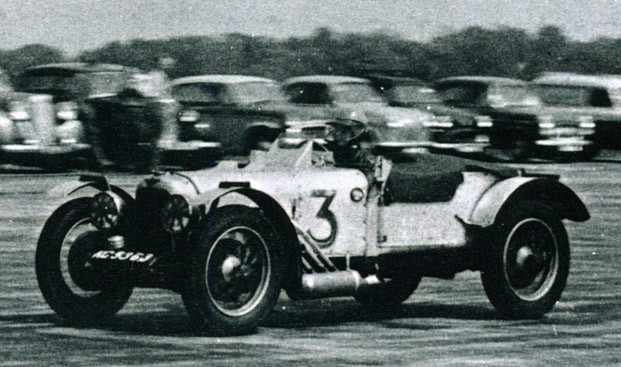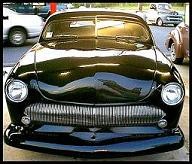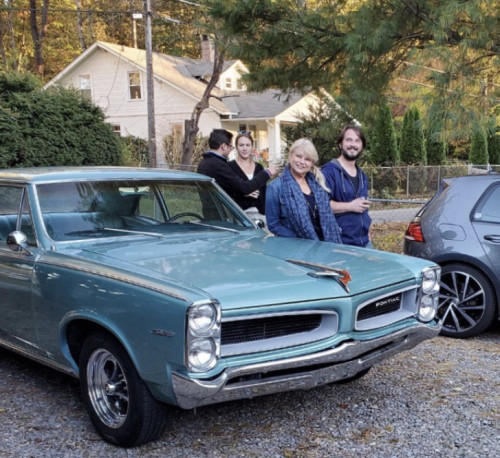You must be logged in to rate content!
3 minute(s) of a 91 minute read
10-10-2008
Regarding the bottom photo of Helen and the Lagonda Rapier at the summit of the Stelvio Pass. The gold label in the centre bottom of the windscreen is for participants in the "Drivers Parade" at the LeMans 24hour race. the little one on the right hand bottom corner is for entrants in the Grand Prix de Tours (Tours France) both events attended during our 2004 European Holiday. For those interested in "what makes them tick", the Rapier has a 4 cylinder 2 OHC 1500cc engine fitted with 2 x 1 1/2 inch SU Carbs. It runs on premium unleaded having a 9.5 : 1 compression ratio. It drives through a 4 speed ENV preselector gearbox. It cruises comfortably at 60 mph and has a maximum speed of 95+ mph. The body is a style called an Eagle 2 seater. Over the 6 years of manufacture less than 400 Rapiers were built with a wide variety of body types. This particular car was rebuild after I bought it in 1979 . It was then a broken down racing car having been raced in the UK between 1950 and 1978.
The Lagonda factory did not build any bodies on Rapier Chassis opting to send the chassis out to individual coachbuilders.
10-21-2008
As up to 120 people have downloaded my photographs there is at least some interest so why no replies? For those who may doubt my ability to restore the dixie Flyer I hope to have some progress photographs soon. In the interim here is one of my Lagonda taken in England in 1957 showing fairly much as it looked when I purchased it in 1979.

10-22-2008
Hello John
Thank you for your interest. The Dixie Flyers were manufactured in Louisville Kentucky (the location for the AACA 75th Anniversary celebrations) between 1916 and 1922. They were built by the Kentucky Wagon Mfg Co.
Hi Stude8
The AACA Library staff have been a huge help supplying a mountain of printed material. I can't thank them enough. I have been searching every available corner of the world but to date have only discovered one complete and running Dixie Flyer (1918) in Iceland (yes that is ICELAND) and another early car in a dismantled and possibly incomplete state right in its birth place, Louisville. Sadly its owner is not interested in either restoring the car or selling it. It was his fathers car and feels that he should keep it.
As far as I have been able to establish after more than two years of intensive searching my car is the only example of the HS 70 still in existence. Judging from its serial (chassis) number it must be one of the last cars to leave the factory. I have managed to track down and spoken with the families of several of the original owners here in Australia. This includes discovering two engines (one just 4 numbers different to my engine) on a farm still belonging to the grandson of the sales agent in a North-east hill country town here in Victoria Australia. Both had been used to power various pieces of farm machinery. Both left out in the open fro between 50 and 60 years.
These are two two Dixie Flyer(Herschell Spillman) engines mentioned.


Wow great story and photos !
Posted by Diggymart on 4/15/20 @ 2:53:48 PM